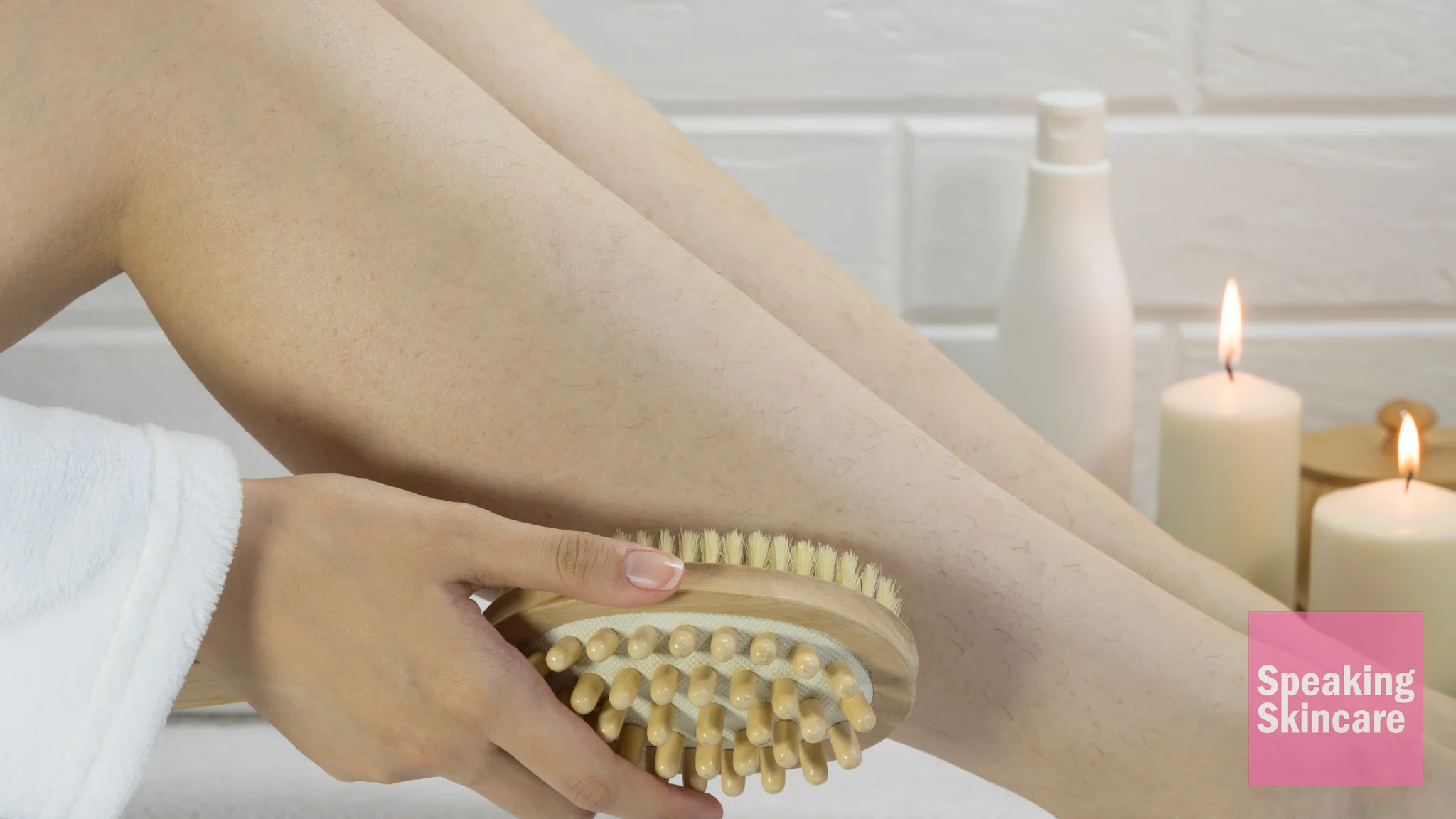Dark spots can affect us all. They are extremely common and can appear on every part of our body. There are simple reasons why they emerge, but many people are unaware of the best ways to deal with them.
Thankfully, we have the answers. If you have recently developed dark spots on your legs, keep reading and we’ll have them sorted in no time.
What causes dark spots on legs?
Dark spots, otherwise known as hyperpigmentation, appear on the skin when too much melanin is produced by the body. Melanin is what determines the color of your skin, the more you have, the darker your skin will likely be. Dark spots can appear all over the body, with the most common places being the legs, face, booty, and shoulders.
Increased melanin production is usually triggered by certain things. Here are some of the most common causes.
Sun damage
No prizes for guessing this one! Spending too much time in the sun trying to get that golden tan can actually be rather hazardous when it comes to dark spots. The sun emits powerful UV rays that can damage the skin if it’s not protected properly. Sunburn can lead to irritation, which can stimulate the production of melanin and lead to areas of pigmentation. Always wear strong sunscreen when spending prolonged periods of time in the sun.
Post-inflammatory hyperpigmentation
Skin inflammation can be triggered by many different things. One of the most common reasons for skin inflammation is due to conditions like acne and eczema. The stress caused prompts the body to create more melanin in an attempt to heal the damage, which can then lead to dark spots.
Melanoma
Melanoma is a type of skin cancer that can emerge from a mole. Men usually experience dark spots on their faces, whereas women tend to get dark spots on their legs. If you suspect you may have melanoma, you should speak to a qualified medical professional to get an expert’s opinion and advice.
Ingrown hair
We all get ingrown hair from time to time. They usually occur after shaving when the hair gets stuck under the skin as it attempts to grow. This can cause inflammation in the skin, which can then lead to dark spots forming in that area. Learning how to shave more safely, especially if you have sensitive skin, is essential for reducing the chances of an ingrown hair developing.
How to remove dark spots from legs
Okay, we know the causes, let’s get to the solutions.
Here are our top tips and advice on how to deal with dark spots on your legs, and methods that can significantly reduce their visibility and protect you from future pigmentation.
Sun protection
This is a no-brainer. Sunscreen won’t wash away your existing dark spots, but it is a powerful preventative measure to stop more from popping up in the future. Ideally, we should all be wearing sunscreen more often, no matter whether it’s rain or shine. Applying strong sunscreen to sun-exposed parts of your skin on a daily basis is the best way to protect against excessive melanin production and hyperpigmentation.
Prevent ingrown hair
Doing your best to prevent the formation of ingrown hair on your legs is an effective way of stopping dark spots in their tracks. You can do this by exfoliating regularly. Exfoliators use thousands of tiny rock-like granules to scrape away dirt and dead cells from the surface of the skin. Doing this a few times a week will clear pores and reduce the chances of them becoming blocked and trapping hair within them. Shaving more precisely and accurately is also a good way of reducing ingrown hair.
Use brightening products
By using products that contain ingredients such as Vitamin C, kojic acid, and hydroquinone, you can brighten the patches of skin that have been tainted by dark spots to get a more even tone and color. Depending on your skin type, look for creams, gels, and dark spot corrector serums that contain miraculous brightening ingredients and see how well they work for you.
Laser treatment
We’d suggest reserving laser treatments as a last resort on the advice of a doctor or professional dermatologist. However, sometimes dark spots and areas of hyperpigmentation can be so deep and ingrained that they can be difficult to heal with regular methods. Laser treatments come in many forms and there’s no one-size-fits-all solution. Speak to an expert if you are considering this.
Conclusion
There you have it! Dark spots can affect all of us randomly, and the best way to treat them is by taking onboard preventative skincare measures.
Evaluate your own individual circumstances and decide the best course of action for you. What may work for others may not be suitable for someone else. Good luck, and get those dark spots off your legs!
